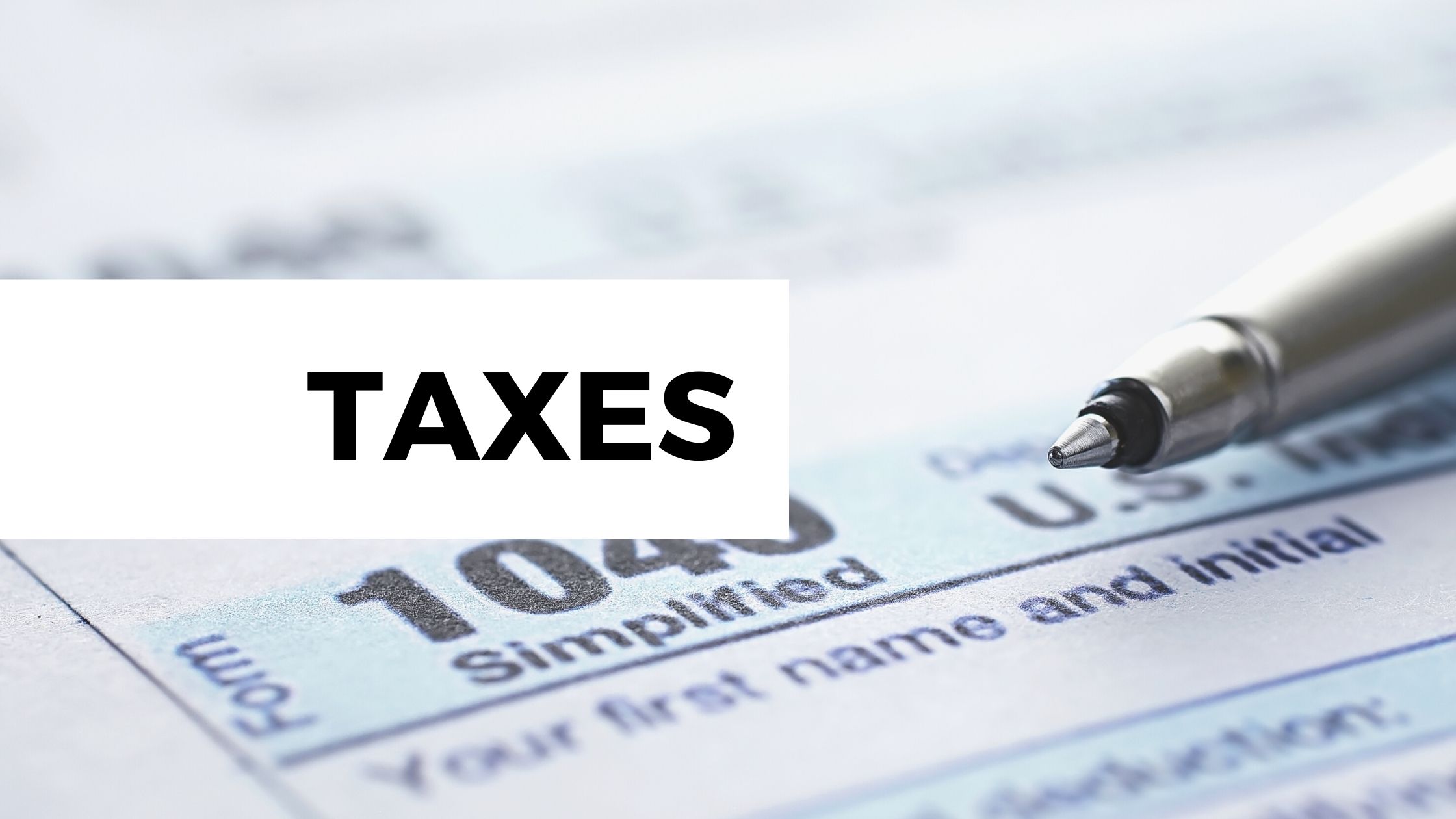Section 199A Qualified Business Income

January 01, 1970
12:00 AM
SPACES LEFT
This event is currently full please use the register button to be
added to the waiting list
$0 Members
$0 Non-Members
EVENT DESCRIPTION
This 4-hour webinar covers the final rules that govern the qualified business income deduction The mechanics of the deduction are not that difficult, but the deduction either phases out or may be limited is taxable income exceeds a threshold amount. For non-service businesses the deduction may be limited based on the W-2 wages paid from the business or a combination of W-2 wages and unadjusted basis of property used in the business. For service businesses the deduction can be lost when income reaches the end of the phase-out range. There is a two-step limitation applied to service businesses – first, an applicable percentage is applied to parameters in computing the deduction, then the “regular” threshold income limitation is applied.It may not be clear whether a business is a service business. The regulations provide clarification, and largely protect taxpayers under the "skill and reputation" definition of a service business, but many questions remain (e.g., what is consulting?). It may also be possible to plan to maximize the deduction when the taxpayer is otherwise in the phase-out range or is subject to a general taxable income limitation. Increasing taxable income, deductions, W-2 wages, or capital can have unexpected consequences when the QBID interaction is considered.
How is a business defined? For high-income taxpayers this can be important because it determines how much W-2 wages and capital are included in the deduction computations. What special issues will arise when the business is operated through a pass through entity? Can changing an S corporation shareholder’s wages allow for a larger deduction? How do partnership allocation provisions interact with the threshold income limitations? Can wages be paid by a PEO? Can partnerships report preferred distributions rather than guaranteed payments to maximize the deduction?
This session is an expansion of a 2-hour program that has received outstanding reviews. Participants asked for many more examples, and the 4-hour format of this course allows for many numerical illustrations of the QBID. It also allows for a detailed discussion of the many unanswered questions surrounding this significant new deduction. It is not just a discussion of the final regulations. The program reviews all of the definitional and computations rules of Section 199A and also discusses the guidance offered in the proposed regulations. Experienced practitioner and instructor James Hamill, CPA, Ph.D., will discuss those issues, and many others, to allow you to properly advise clients.
Topics Covered
Computation of the Section 199A deduction
Limits based on taxable income of the qualified business
Limits based on the taxpayer's taxable income
Phase-out computations for a service business
Wage or wage/capital limitations on non-service businesses
Planning to control taxable income, wages, and capital to maximize the deduction
Impact of Section 199A on purchase price allocations
How to determine unadjusted basis of business assets
What is a service business?
How broad (or narrow) is a business defined?
What is business income?
Reporting issues for flow-through entities
EVENT OBJECTIVE
Learning ObjectivesCompute the Section 199A deduction for taxpayers above the threshold income level and for other taxpayers
Identify planning opportunities to maximize the deduction
Define a service business as that term is used in Section 199A
EVENT DETAILS
Company:CCH
Number of Hours:
4 (Recommended)
Prerequisite:
Basic knowledge of passthrough entity taxation concepts.
Program Level:
Update
Knowledge Level:
Intermediate
Delivery Method:
Group Internet Based
Number Of Days:
Food Included:
Seminar Number:
Early Cut Off Date:
01/01/1970
Phone:
Venue:
,
Accommodations:
,
Recommended For:
CPA (4), EA (4), Maryland Preparer (4)
Approved By:
NASBA, IRS, State of Maryland
